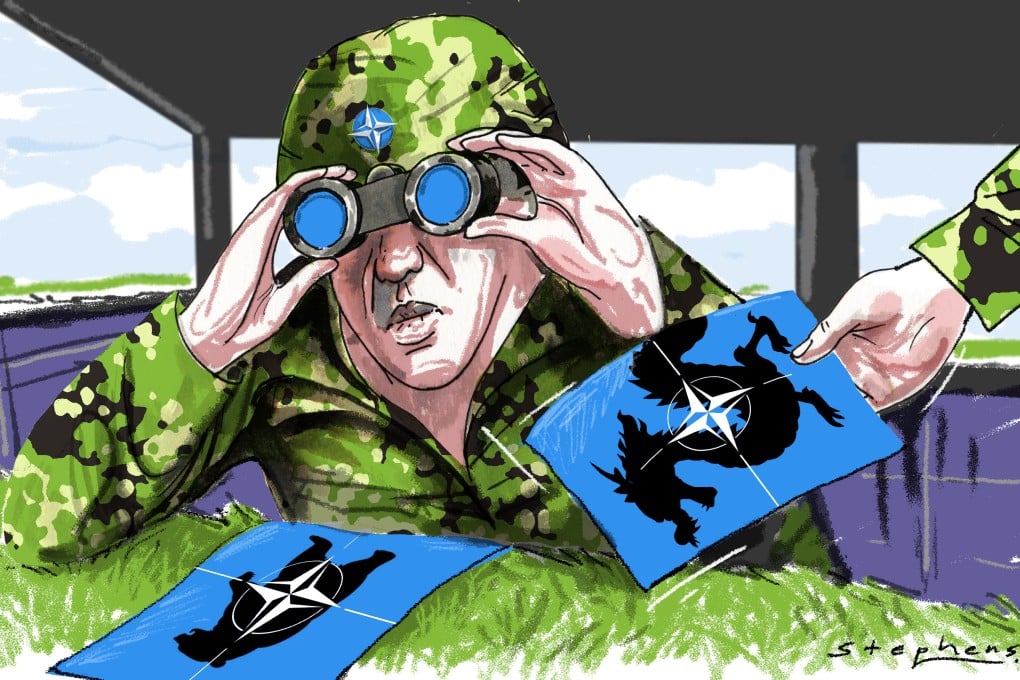Opinion | How Nato’s stance on China has changed, and why it matters
- Throughout Nato’s history, China has been both adversary and ally, but never before has it been so high up on the organisation’s agenda
- While the alliance’s focus remains on Europe, China’s relationship with Russia means that security in the Indo-Pacific and Euro-Atlantic are now far more closely intertwined

Against the backdrop of the war in Ukraine and growing global economic, social and geopolitical uncertainty, one particular item on Nato’s agenda has gained importance: how to respond to the security challenges posed by China.
From a historical perspective, China has been viewed as an adversary, an ally and something in-between, depending on developments during the Cold War and after the fall of the Berlin Wall.
Times have changed. In the 1950s, China was described as a “junior partner in an axis” within the Soviet Bloc and, in the 1970s, as potentially “one of the most important Nato allies”. Now, Nato’s understanding of China has shifted significantly in its latest strategic concept, which provides a road map for the alliance for the coming decade.
